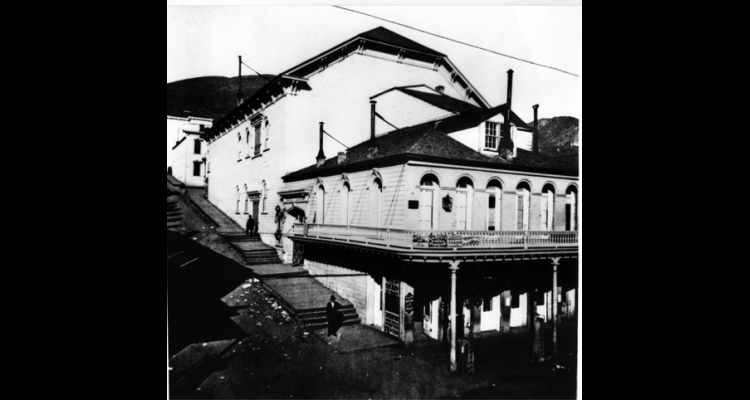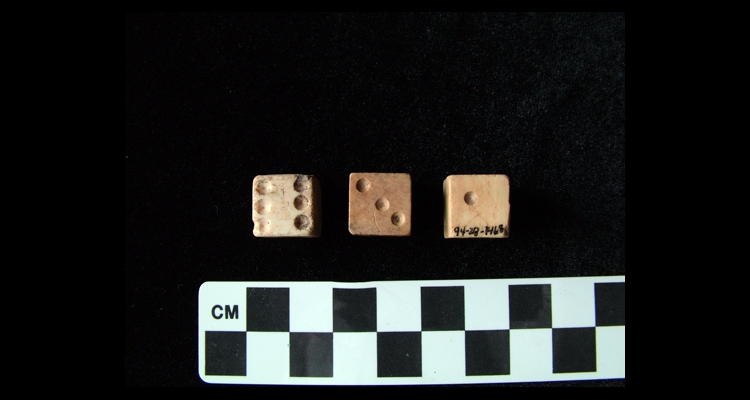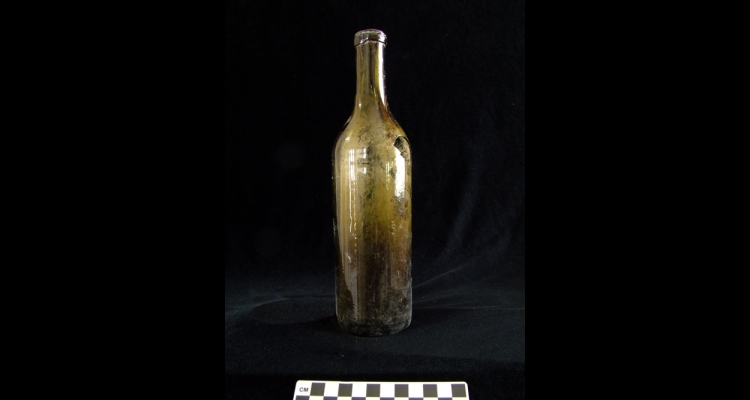Saloons on the Comstock
One of the first businesses to appear in a mining camp was a saloon. These institutions addressed the need of miners seeking a drink, but most saloons also offered warm, homey settings. In the early days, saloons also functioned as courtroom, church, and community center as needs arose. The Comstock saloon followed this pattern, echoed throughout in the mining West. The businesses appeared early and diversified quickly.
Nineteenth-century authors described Virginia City with about one hundred saloons at its height in the 1870s. Their writings implied this was a terribly inebriated society. Single men dominated Virginia City, so saloons figured prominently as popular refuges after a hard day's work. In fact, the ratio of Virginia city saloons to adult men was similar to places like Chicago or cities in the East.
Saloons catered to every taste and aspect of society, making them as diverse as they were numerous. Some were ethnic establishments, serving only the Irish, Mexicans, or African Americans, for example. Many offered billiards or gambling. A few combined target shooting with drinking. Most offered food. Some saloons were open to families including women and children, while others served only men. Prostitutes frequented a handful of saloons, which offered back rooms for that business.
Most saloons catered to the working class. These were called "bit saloons" because a drink or a cigar cost only twelve and a half cents. Wealthier patrons frequented "two-bit saloons" where drinks and cigars cost a quarter.
Movies and television have made the setting of the saloon familiar to an international audience, taking the institution beyond reality into the realm of myth. The saloon is part of shared memory where good confronts evil and heroism is tested with flash of steel or a clenched fist. In reality, saloon violence was rarer than the popular impression would expect. Saloons were varied and generally quiet, safe retreats where it was possible to eat, have a drink, and play card games with friends.
Article Locations
Related Articles
None at this time.




